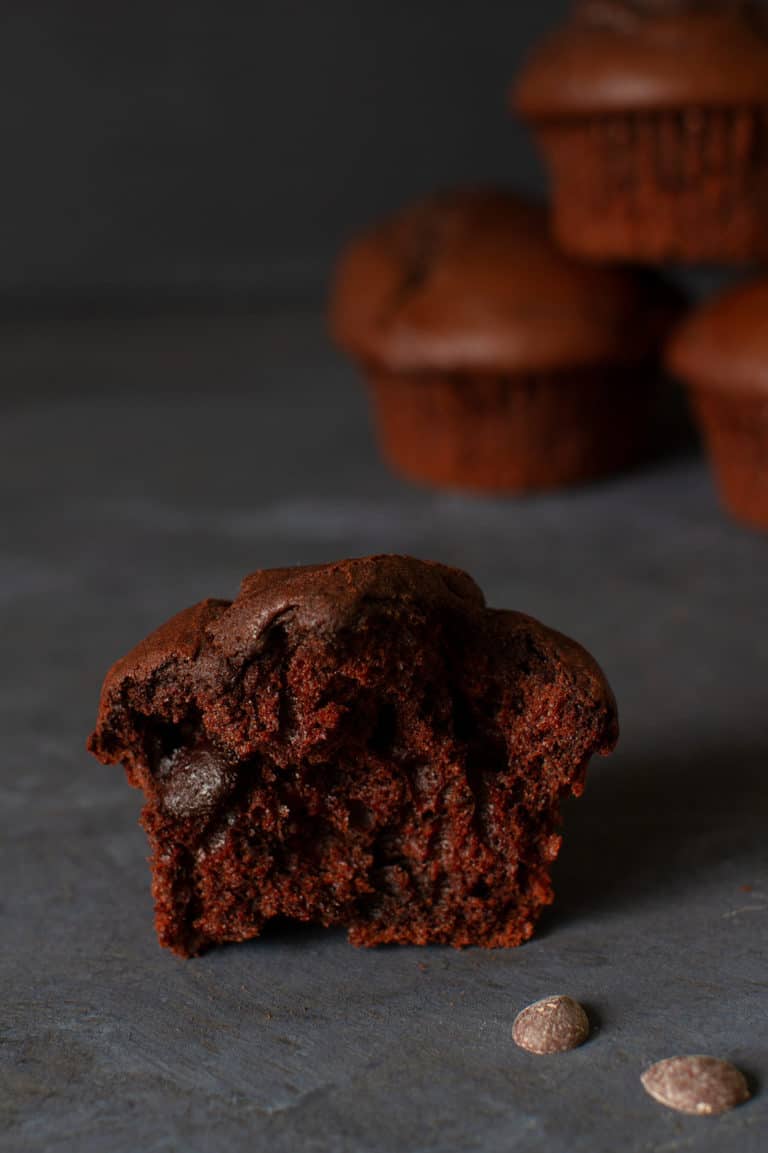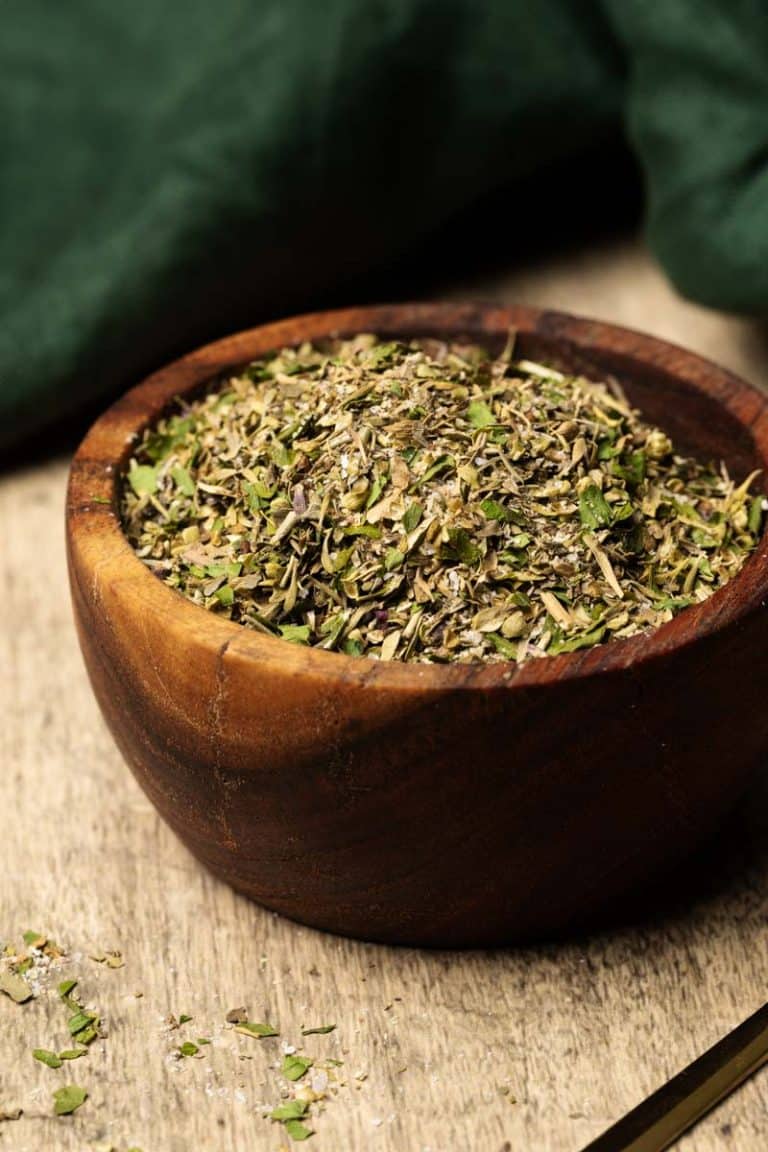Buttery Sourdough Brioche Loaf
This incredibly soft and fluffy sourdough brioche loaf comes together with only a few staple ingredients and patience. Best enjoyed fresh from the oven, this buttery brioche bread makes a delicious breakfast on its own, an excellent base for French toast, and other sourdough brioche variations including chocolate buns.

Why you’ll love this sourdough brioche recipe
Fermentation: Long-fermented grains are easier to digest in comparison to yeasted brioche breads. Whether you’re keeping a stiff or wet starter, it’s always great to find a recipe for a naturally leavened sourdough that boasts extra nutritional value and flavor.
Easy sourdough recipe: You only need a few staple ingredients and some patience to make this easy brioche loaf. Minimum jargon and 5 simple steps!
Super versatile: This recipe can be the base of many delicious variations. Think chocolate brioche buns, sourdough French toast, overnight brioche bake, sourdough brioche cinnamon scrolls, Easter brioche braid, sourdough burger, or hotdog buns. The list is endless.
Ingredients
- Active sourdough starter – This recipe requires 1 cup (260g) of a 100% hydration sourdough starter which means that it has been fed with equal amounts of water and flour.
- Flour – All-purpose flour works well for this recipe. You can choose bread flour too.
- Milk – Use chilled, full-fat milk for this recipe. Lower fat versions work as well but add less richness. Leftover whey has a similar effect and can be used as a substitute for milk.
- Butter – I use salted butter for this recipe but unsalted butter works well too. Just add a little extra salt.
- Eggs – Make sure you use chilled eggs as you don’t want the dough to be too soft.
- Maple syrup – Maple syrup adds extra flavor and rich color to this brioche but you can substitute it with 1/3 cup of granulated white sugar.
- Vanilla – Vanilla extract adds extra flavor to the buns. You can also use vanilla essence or fresh vanilla beans.
- Salt – Fine sea salt helps round out the flavors. Table salt works too.
How to make sourdough brioche in 5 easy steps
- Make a levain (preferment). 4-hour activation.
- Combine all ingredients. Knead the dough until it passes the window pane test.
- Cool the dough for 1 hour in the fridge.
- Shape the brioche loaf and let it ferment for 8-10 hours in the loaf tin. Overnight works well.
- Glaze the sourdough brioche and bake it.
FAQ
You can store brioche in an airtight container at room temperature for 3-4 days. Simply pop a slice in the toaster on a low setting to gently reheat the brioche. Stale brioche makes a delicious French toast casserole.
Yes, you can freeze the brioche loaf in a freezer-proof container for up to 3 months. Simply cut the loaf into thick slices and add some parchment paper between them. That way you can easily defrost single serves.
Challah is of Jewish origin and dairy-free while brioche originates from France and is made with milk and butter.
Related recipes
Make a double batch to be able to try my sourdough French toast, overnight brioche casserole, and sourdough bread pudding.
If you loved this Sourdough Brioche Loaf Recipe or any other recipe on my website, please leave a 🌟 star rating below. Thank you!
Buttery Sourdough Brioche Loaf
Ingredients
Levain (Preferment)
- 30 g active sourdough starter 100% hydration
- 120 g all-purpose flour
- 110 g water filtered, lukewarm
Brioche Dough
- 4 cups all-purpose flour
- 1/2 cup milk
- 1/3 cup butter
- 1 tsp vanilla essence
- 1/4 cup maple syrup
- 3 eggs
- 1 tsp salt
Glaze
- 1 tbsp milk
- 1 egg yolk
Instructions
Make the levain (preferment)
- In a medium bowl, add the active starter and water. The starter should be floating. Combine the two and slowly add the flour. Mix everything until it just comes together. Set it aside for 4 hours at room temperature or until the levain has doubled in size.30 g active sourdough starter, 120 g all-purpose flour, 110 g water
Make the brioche dough
- In a large bowl, combine the levain with milk, whisked eggs, maple syrup, and vanilla essence.1/2 cup milk, 1 tsp vanilla essence, 3 eggs
- Slowly add the flour and salt and combine everything to a homogenous dough.4 cups all-purpose flour, 1/4 cup maple syrup, 1 tsp salt
- Cube the butter with a knife and fold it gently into the dough. Knead the dough for about 10 minutes until it passes the window pane test.1/3 cup butter
- Cover the bowl with a damp tea towel and chill it in the fridge for 1 hour. Don't skip this step as you won't be able to shape the wet dough otherwise.
- Remove the dough from the bowl and divide it into 8 equal-sized pieces. Shape the pieces into seamless balls and place them side by side (2×4) into a greased loaf tin. You need to shape them quickly or the dough will get too soft to work with.
- Cover the tin with a damp tea towel and let it proof on your kitchen bench for 8-10 hours (overnight works well) until they're double in size.
- Preheat the oven to 356F/180C.
- Combine the milk and egg yolk and brush the top of the brioche with the glaze. Bake it for 20-25 minutes until golden brown.1 tbsp milk, 1 egg yolk







